Baron Derwent, of Hackness in the North Riding of the County of York, is a title in the Peerage of the United Kingdom. It was created on 10 October 1881 for the former Liberal Member of Parliament for Scarborough, Sir Harcourt Vanden-Bempde-Johnstone, 3rd Baronet. His grandson, the third Baron, was an author, poet and minor diplomat. On his death in 1949 the titles passed to his younger brother, the fourth Baron. He served in the Conservative administrations of Harold Macmillan and Sir Alec Douglas-Home as Minister of State for Trade and Minister of State for Home Affairs. As of 2010 the titles are held by his son, the fifth Baron, who succeeded in 1986.
John Tyrrell or Tyrell may refer to:
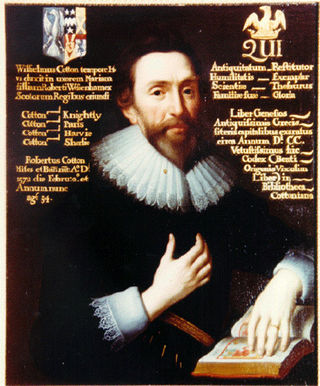
There have been three Baronetcies created for persons with the surname Cotton, all in the Baronetage of England. One creation is extant as of 2008.
Nineteen baronetcies have been created for persons with the surname Hamilton, eight in the Baronetage of Nova Scotia, one in the Baronetage of England, five in the Baronetage of Ireland, one in the Baronetage of Great Britain and four in the Baronetage of the United Kingdom. As of 2008 two creations are extant, two are dormant, two are either extinct or dormant and twelve extinct.
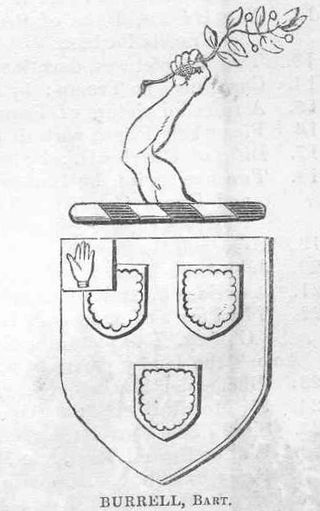
There has been one baronetcy created for a person with the surname Burrell. Another baronetcy passed by special remainder to the Burrell family.
There have been two baronetcies created for people with the surname Heathcote, both in the Baronetage of Great Britain and both created in 1733. The holders of the first creation were later elevated to the peerage as Baron Aveland and Earl of Ancaster, which titles are now extinct. However, both baronetcies are extant as of 2008.
The High Sheriff of Essex was an ancient sheriff title originating in the time of the Angles, not long after the invasion of the Kingdom of England, which was in existence for around a thousand years. On 1 April 1974, under the provisions of the Local Government Act 1972, the title of Sheriff of Essex was retitled High Sheriff of Essex. The high shrievalties are the oldest secular titles under the Crown in England and Wales, their purpose being to represent the monarch at a local level, historically in the shires.
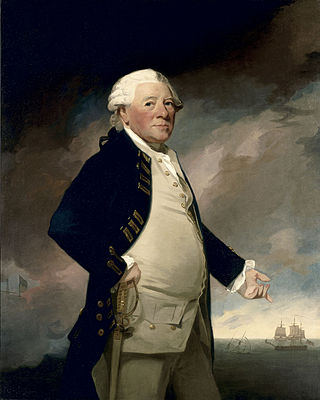
There have been seven baronetcies created for persons with the surname Parker, three in the Baronetage of England, two in the Baronetage of Great Britain and two in the Baronetage of the United Kingdom. Two of the creations are extant as of 2008. Though none of the different families of baronets were related, several supplied a number of flag officers to the Royal Navy.
The Henniker Baronetcy, of Newton Hall in the County of Essex, was created in the Baronetage of the United Kingdom on 2 November 1813 for Brydges Henniker, who had earlier represented Kildare Borough in the last Irish Parliament. He was the youngest son of John Henniker, 1st Baron Henniker. The sixth baronet was an admiral in the Royal Navy and sat as Conservative member of parliament for Galloway. The eighth Baronet was a brigadier in the Royal Engineers. As of 2014 the present Baronet has not successfully proven his succession and is therefore not on the Official Roll of the Baronetage, with the baronetcy considered dormant since 2000.
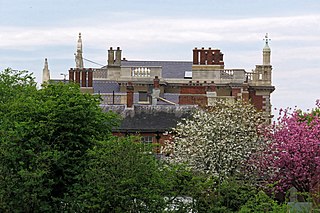
There have been two baronetcies created for people with the surname Barrington. As of 2014 one creation is extant.
There have been five baronetcies created for persons with the surname Hill, one in the Baronetage of Nova Scotia, one in the Baronetage of Great Britain, one in the Baronetage of Ireland and two in the Baronetage of the United Kingdom. Three of the creations are extant as of 2008.
There have been three baronetcies created for persons with the surname Dryden, one in the Baronetage of England and two in the Baronetage of Great Britain. Two of the creations are extant and are joined under a single holder since 1874.

The Neave Baronetcy, of Dagnam Park in the County of Essex, is a title in the Baronetage of Great Britain. It was created on 13 May 1795 for Richard Neave, Governor of the Bank of England from 1783 to 1785. Dorina Neave (1880–1955), wife of Sir Thomas, was the author of three books about Turkey. She settled with her husband at Dagnam Park and was the last of the family to live there before its requisition in the winter of 1940 and eventual demolition in 1950.

The St John, later St John-Mildmay Baronetcy, of Farley in the County of Southampton, is a title in the Baronetage of Great Britain. It was created on 9 October 1772 for Paulet St John, Member of Parliament for Winchester and Hampshire. The second Baronet represented Hampshire in the House of Commons. The third Baronet was Member of Parliament for Westbury, Winchester and Hampshire. He married Jane, daughter of Carew Mildmay, and assumed the additional surname of Mildmay. The fourth Baronet sat as Member of Parliament for Winchester. The title became dormant in 1955 on the death of the tenth Baronet. In 1998 Walter John Hugh St John-Mildmay successfully proved his right to the title and became the eleventh Baronet.
The Western Baronetcy, of Rivenhall in the County of Essex, was a title in the baronetage of the United Kingdom. It was created on 20 August 1864 for the liberal politician Thomas Western. He had succeeded to the Rivenhall estate in Essex in 1844 on the death of his cousin Charles Western, 1st Baron Western. The second baronet was also a politician and sat as member of parliament for Maldon. The third baronet was a justice of the peace and deputy lieutenant for Essex. The title became extinct on his death in 1917.
There have been five baronetcies created for persons with the surname Wentworth, four in the Baronetage of England and one in the Baronetage of Great Britain. All creations are extinct.
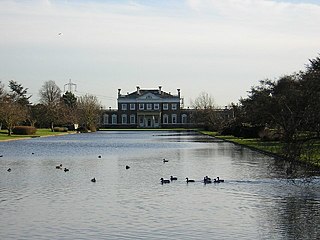
Boreham House is a Grade I Listed mansion set in 35 acres (140,000 m2) of Boreham, Chelmsford, Essex, England. Boreham House was built from 1728 to 1733 for Benjamin Hoare and from 1931 to 1997 the House was owned by the Ford Company and used as a College.
The Champion de Crespigny Baronetcy, of Champion Lodge, Camberwell, in the County of Surrey, was a title in the Baronetage of the United Kingdom, created on 31 October 1805 for Claude Champion de Crespigny.
Sir John Tyssen Tyrell, 2nd Baronet, of Boreham House, near Chelmsford, Essex, was an English Conservative Party politician.
There have been five baronetcies created for persons with the surname Tyrrell, all in the Baronetage of England. All five creations are extinct, as is the Tyrell baronetcy. The six creations all claim a descent from Walter Tirell, the reputed accidental killer of King William II.








